A home renovation opens new possibilities. It's a time to reimagine the spaces that you use every day. It's an opportunity to modernize your home as well as make it more practical. Sometimes, that means completely reconfiguring a space. But a great way to make a huge difference with small changes is to adjust the layout of your electrical outlets.
When thinking about where to put electrical outlets in your home, there are several things to consider. Finding the right place for electrical outlets is about more than just practicality. It’s also about taking the design of your home into account. The best places to put power outlets are the ones that balance your needs as a resident with the particular layout of your home. Smartly placed power outlets can make the difference between a functional home and an awkwardly designed one. With that in mind, here are some essential tips to consider if you’re planning to install some electric sockets in your home.
5 Best Places to Install Electrical Outlets
Building codes usually include some requirements for electrical outlets, such as spacing restrictions. A contractor or a licensed electrician can give you pointers on the specific building codes in your area. Of course, there is still a lot you can decide when it comes to placing or adding new electrical outlets. Some places are better than others, so it’s important to consider all possibilities. Adding power outlets to these five parts of your house will measurably increase the practicality of your home:
The kitchen.
There are a lot of places to put new electrical outlets in a kitchen. The kitchen is filled with all sorts of power-hungry appliances, so putting more outlets will make things much more convenient. Cabinet and drawer outlets might seem unnecessary, but they have a lot of benefits. However, having a bunch of outlets out in the open can tend to clash with your kitchen’s decor. Hiding them away in drawers and cabinets can bypass this problem. Placing outlets in these places also allows you to install lights inside the cabinets, which can make rummaging through them much easier.
You can also put outlets under cabinets. This not only increases the number of outlets but also gives you the choice of installing affordable under-cabinet lighting in the future. A kitchen island can also benefit hugely from some electrical outlets, especially as it’s commonly the most multi-functional area in the house. It’ll make food prep-work much easier, and accommodate anyone studying or working from there as well.
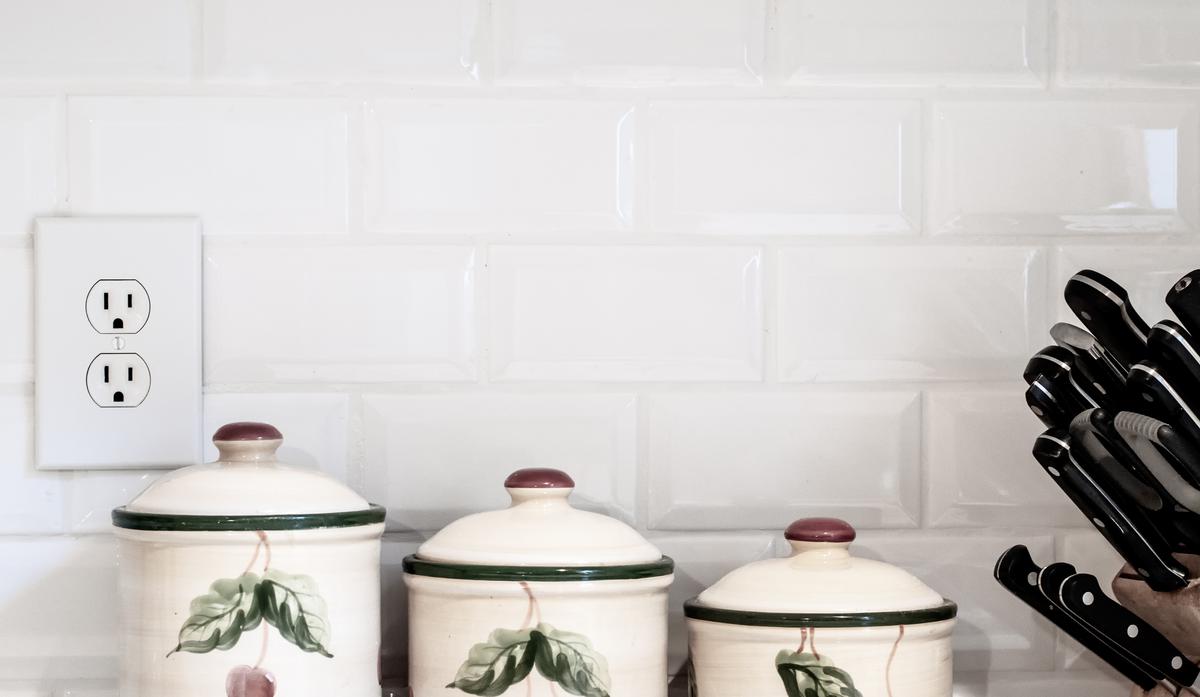
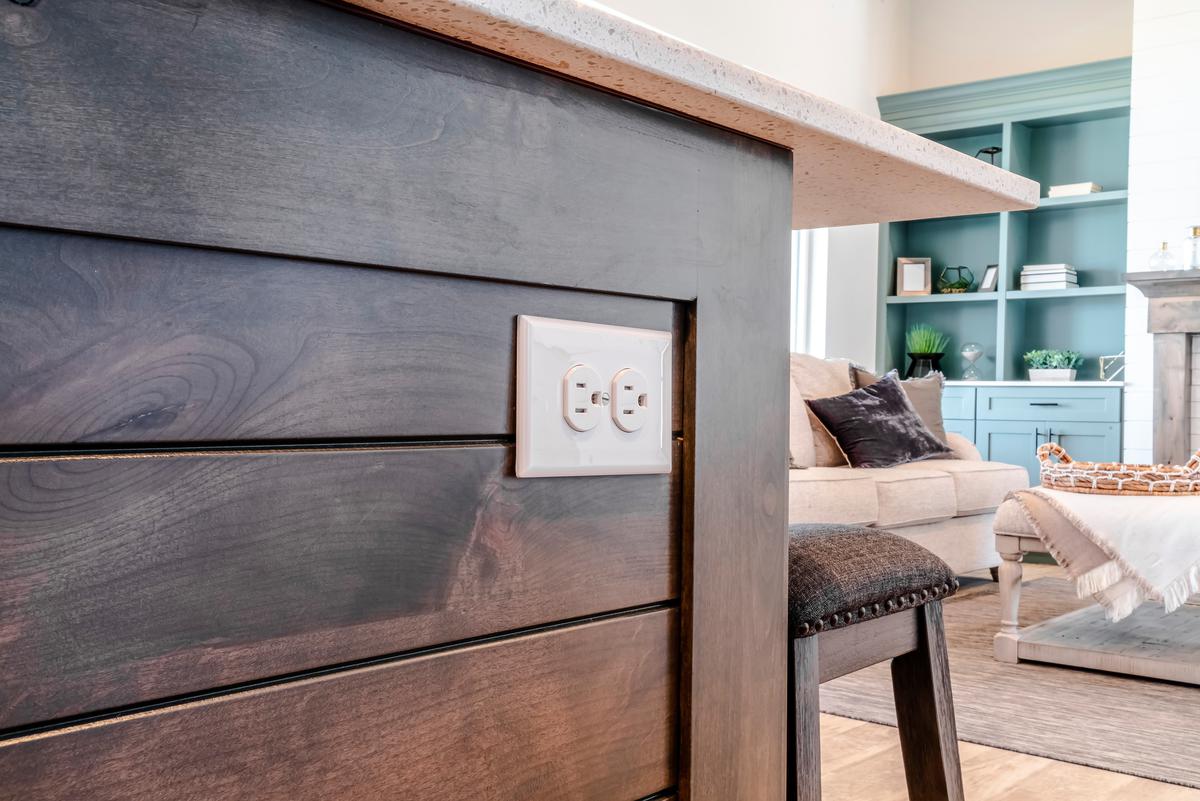
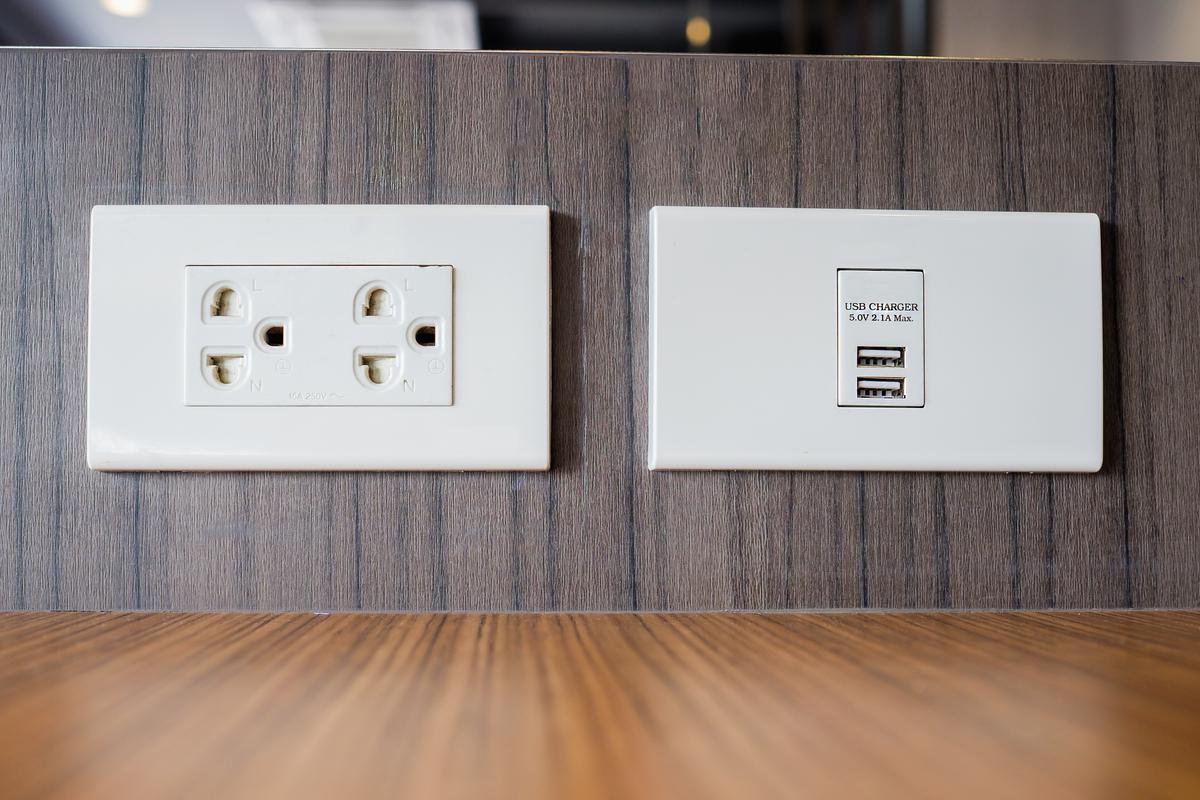
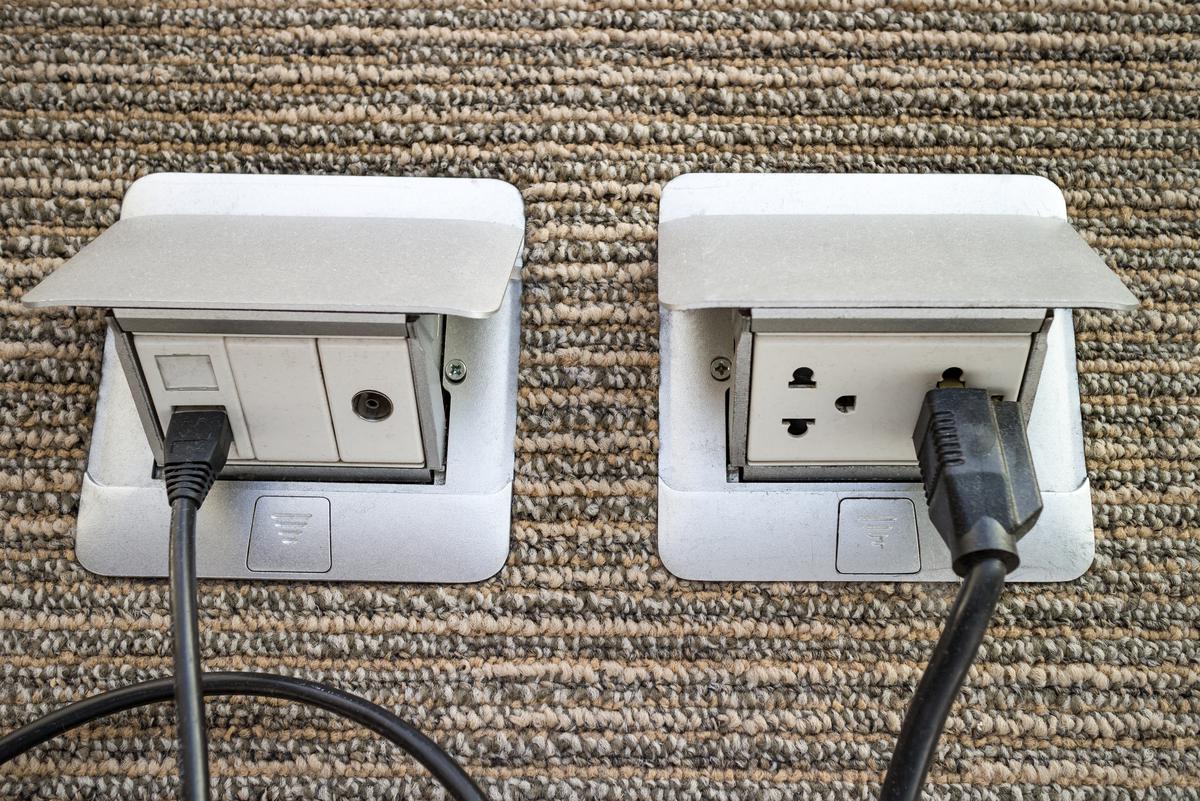
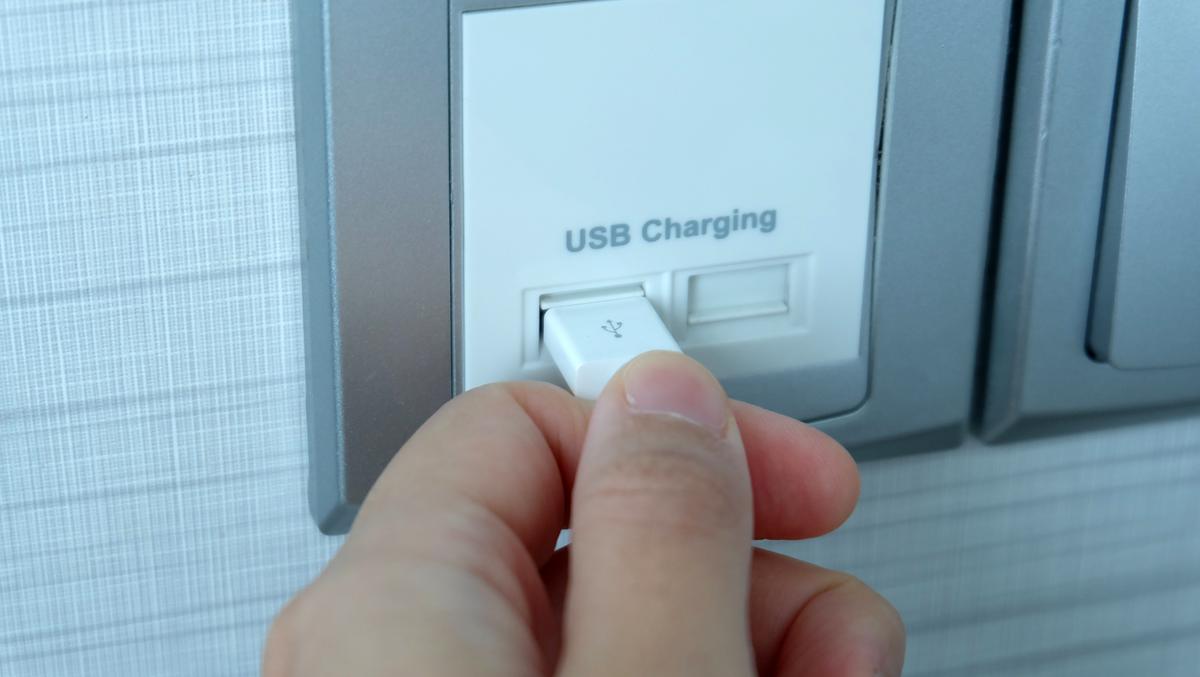
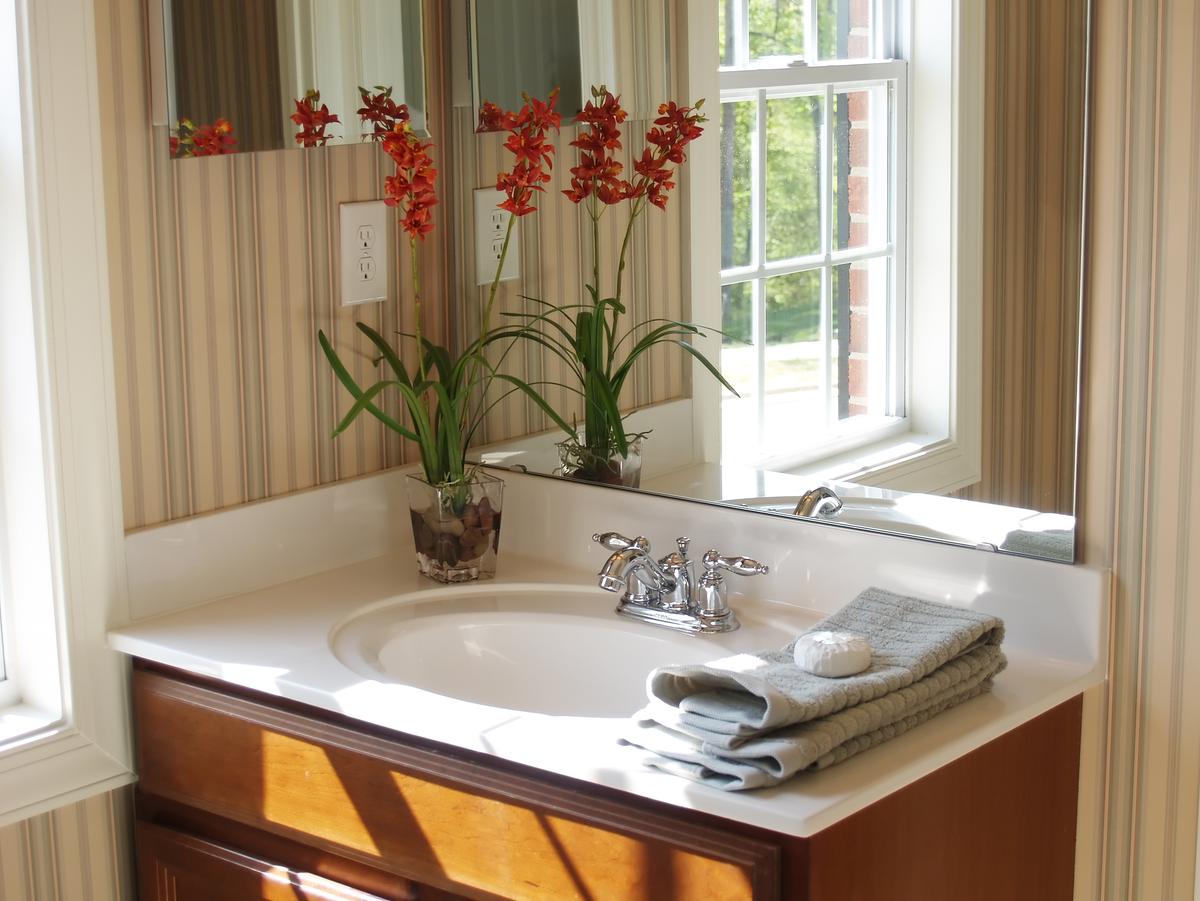
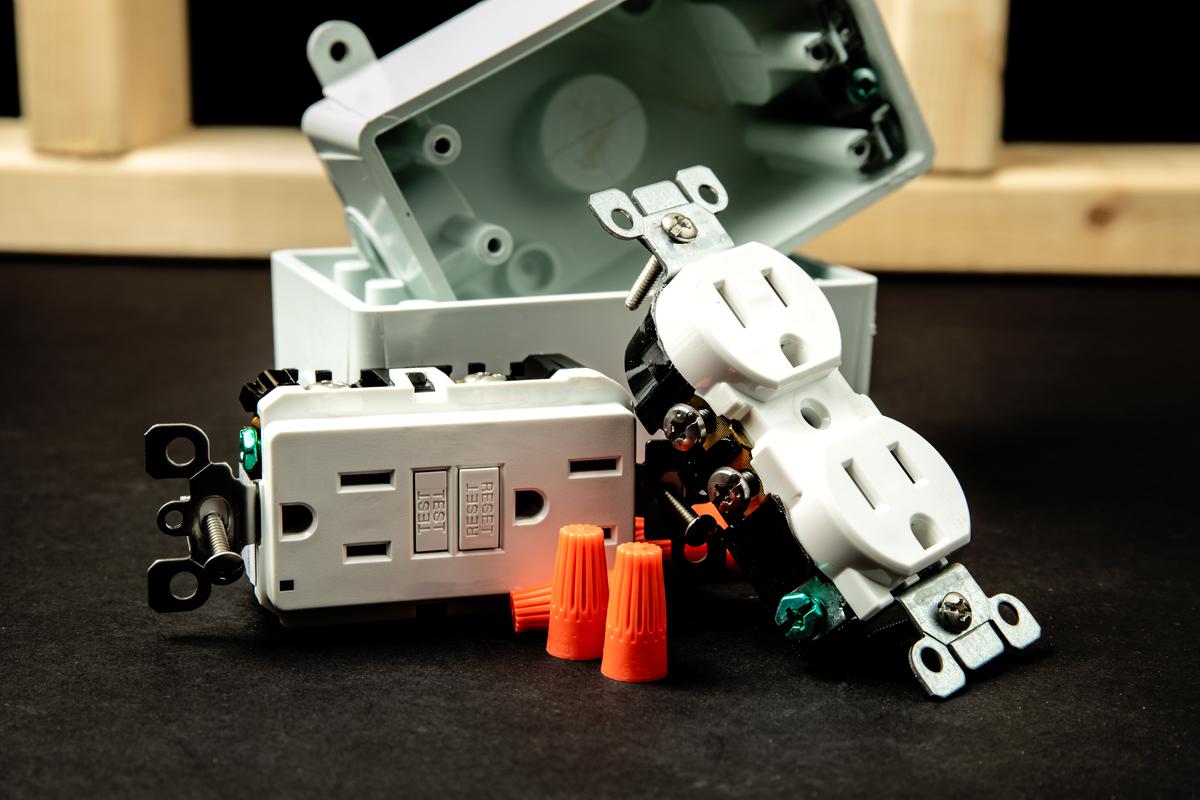
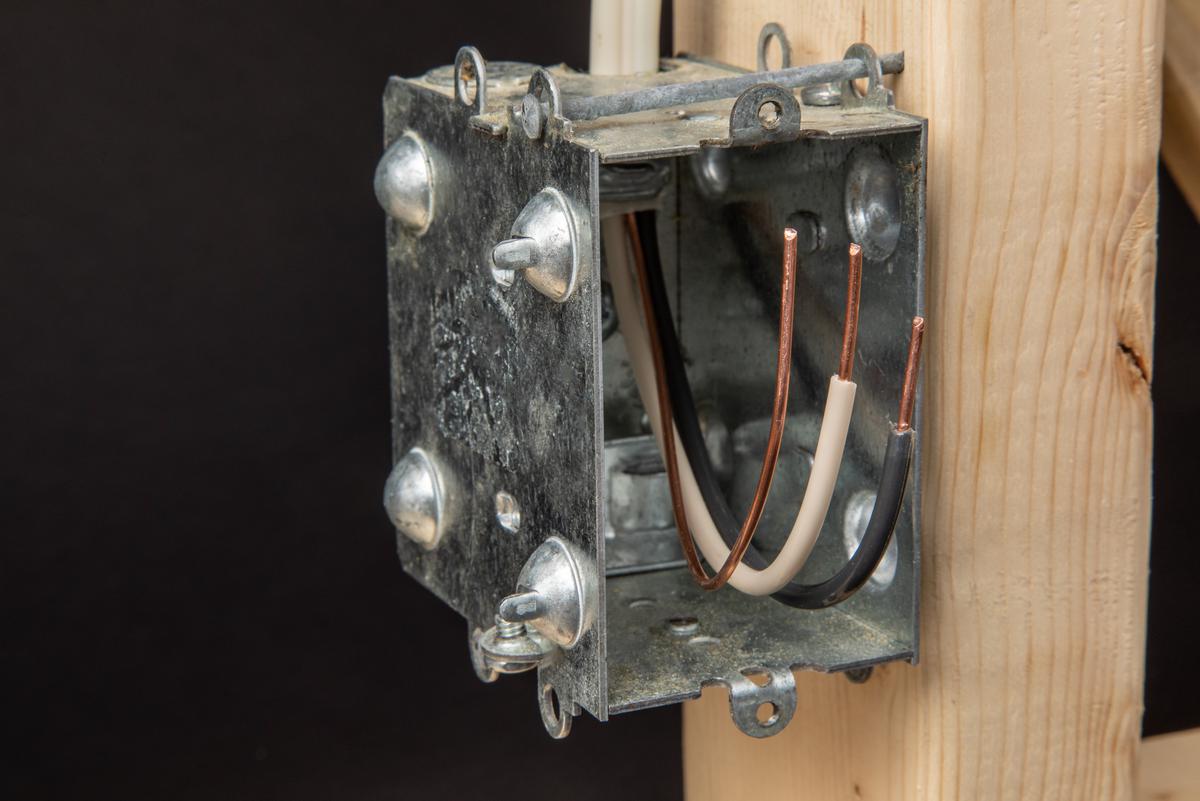


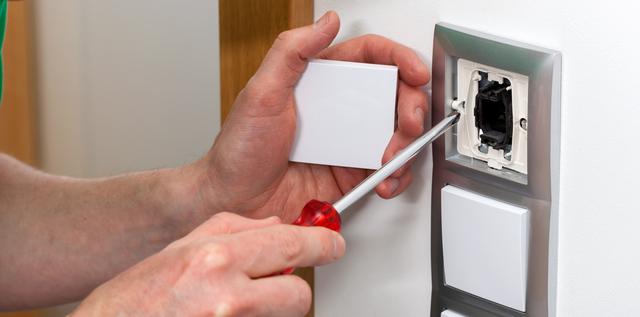
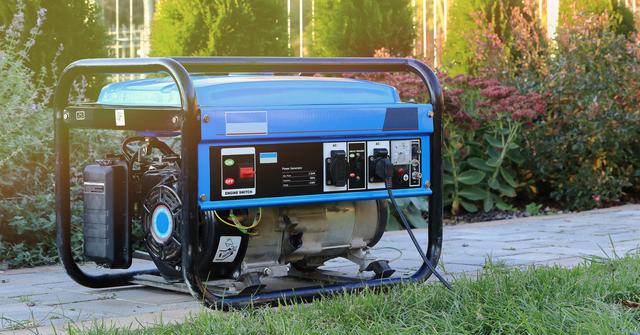
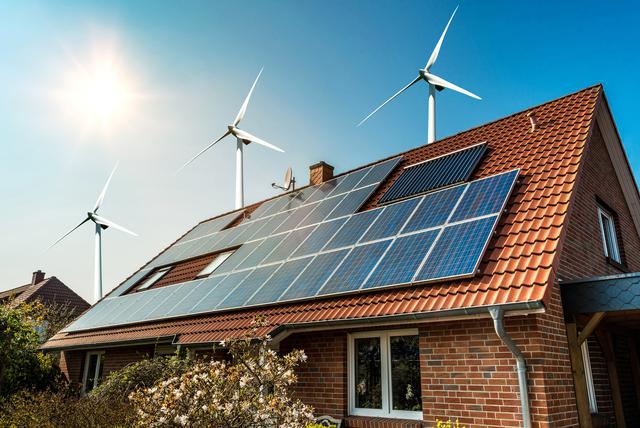
comments